International Good Guys ~ Making the world a better place since 1971 ~ Site maintained by
All material Copyright © Mike Smith 2003 unless otherwise credited
|
Return to Appendix One Index
|
Colours were more restricted in range and metallics were usually reserved for top of the range cars. In the 60's 70's &80's black was generally not popular and was offered by most manufacturers as a cost option. It never ceased to amaze me what dreadful colours some manufacturers offered. Austin-Rover brought out a colour called "citron" which was a total nightmare of a lime/green and as salesmen we were all given our demo's in that colour because they got stuck in the compounds and no self respecting punter would be seen dead in a car in that colour. They were practically unsaleable, unless one offered a deal too good to refuse! Then there was Harvest Gold with Ochre trim, it had to be seen to be believed.
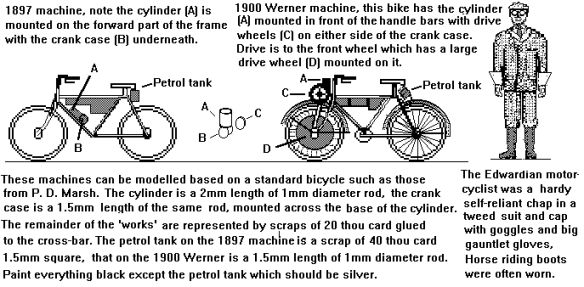

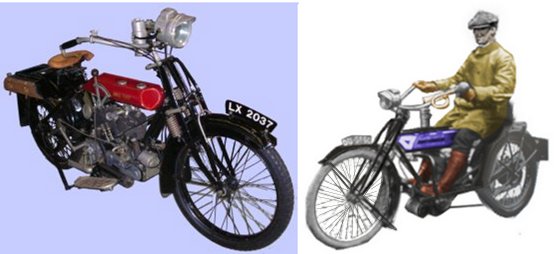
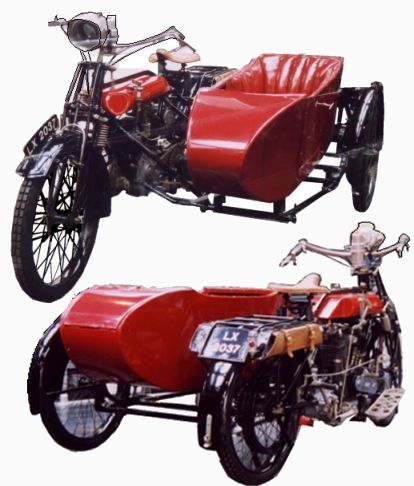

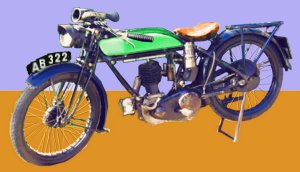

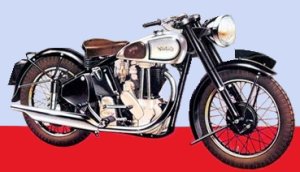


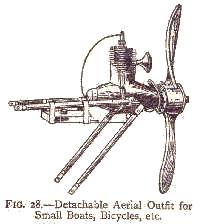
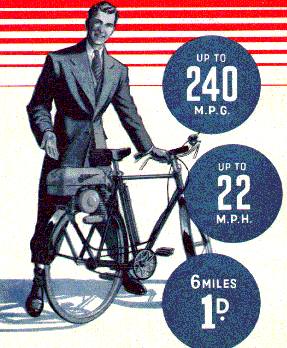
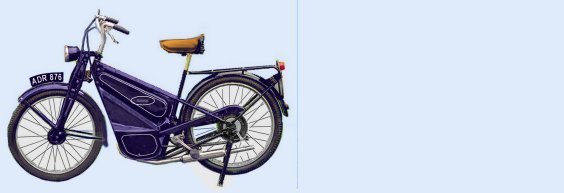
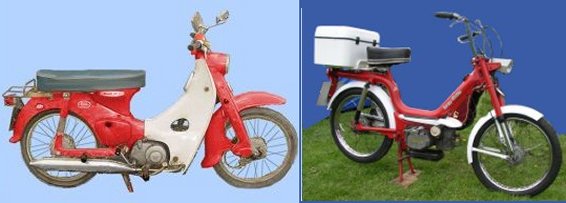
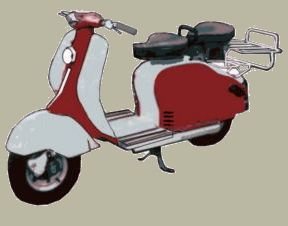
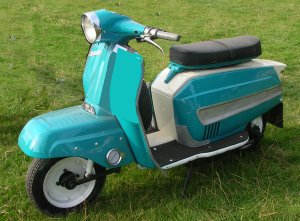
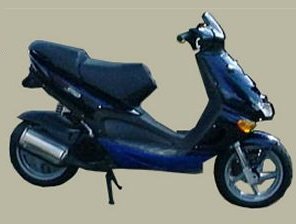

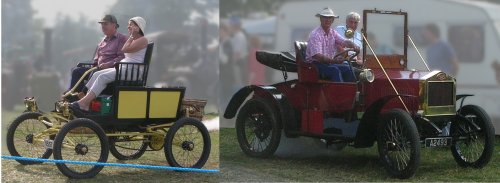
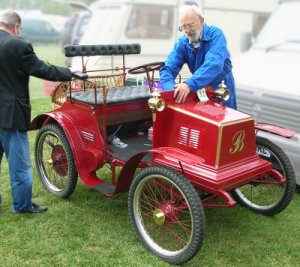
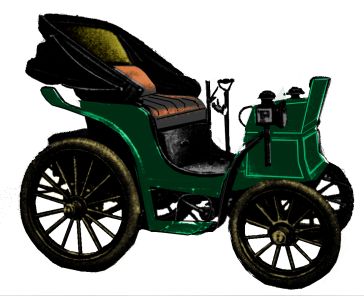
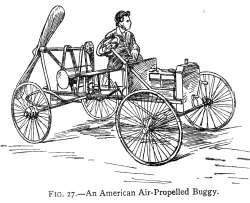
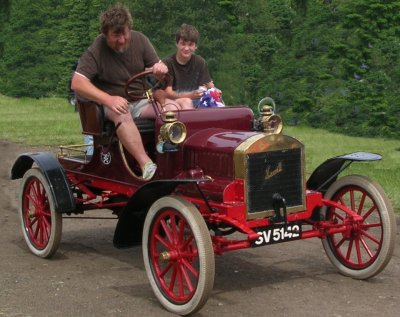
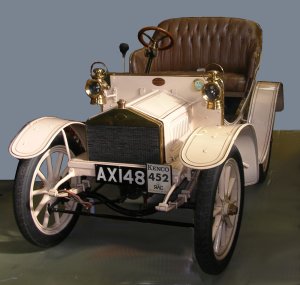

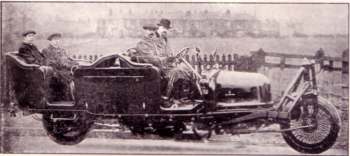
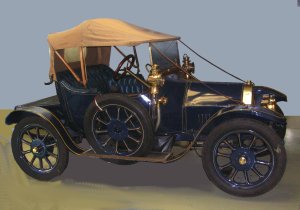
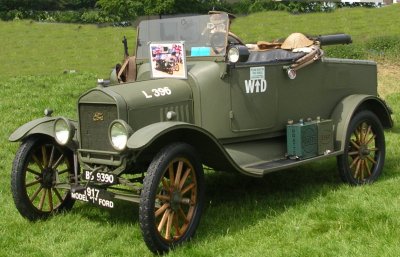

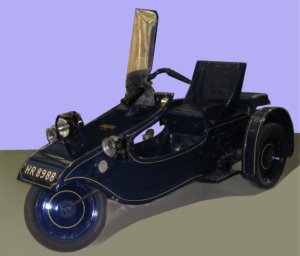




Quite advanced for it's day in not having running boards. Plus it had a hydraulic brake system, which was not that common at the time. Still had suicide doors (hinged at the rear) though. :-)




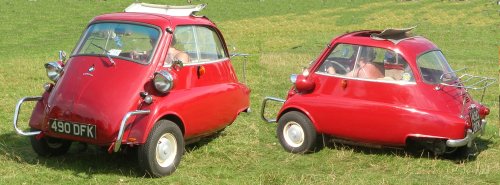

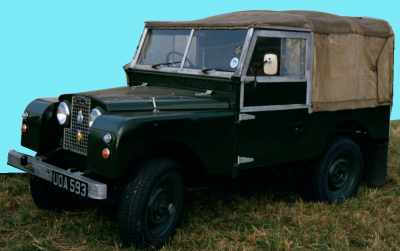
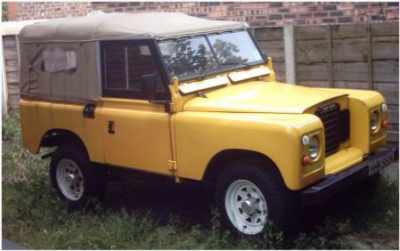
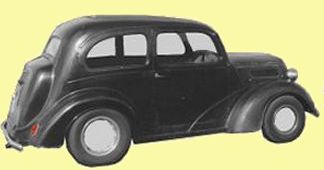

The Farina Austin Cambridge and Morris Oxford had identical engines and mechanics as well as basic bodies. The previous generation Cambridge and Oxford also shared engines and much of the mechanics - only the bodies were different.This particular car is the Austin Cambridge of 1959, noted for being ruggedly built they remained popular amongst stock car racers (who put a really big engine in them).


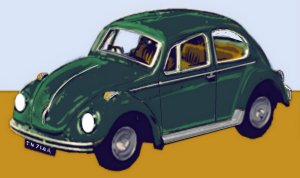
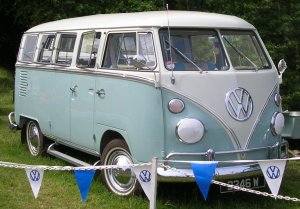
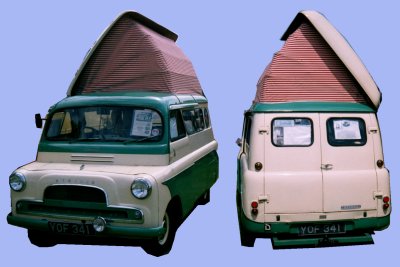
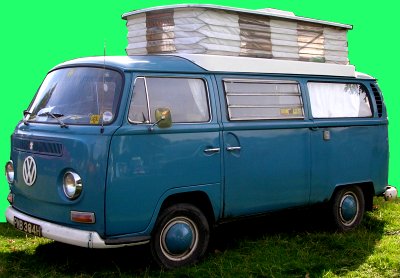
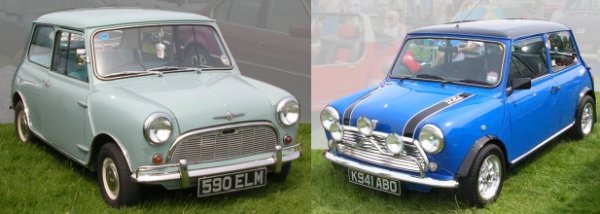
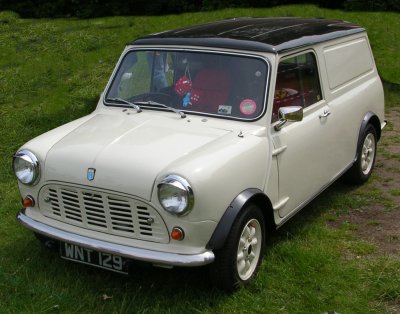
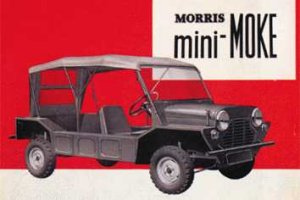
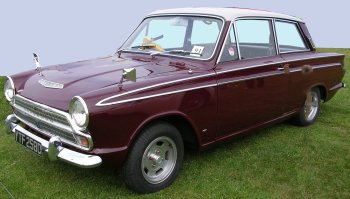


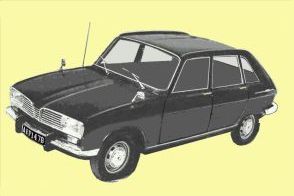
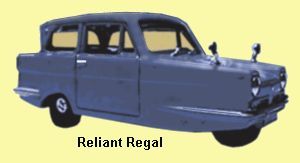

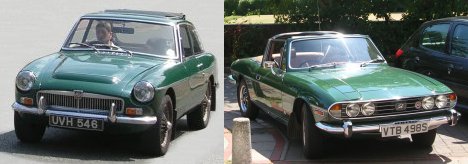
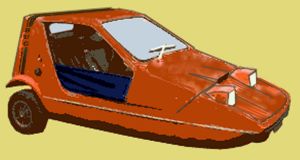
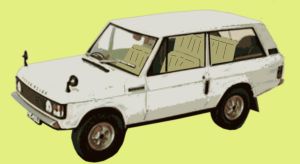

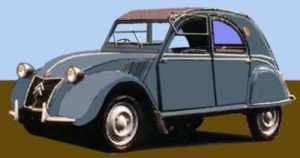
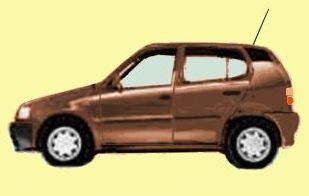
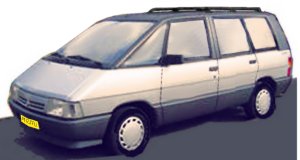
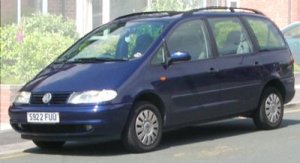

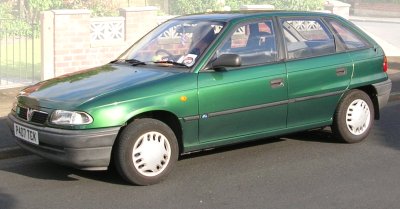

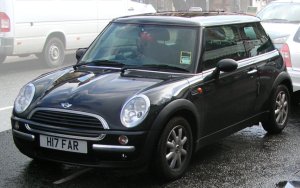
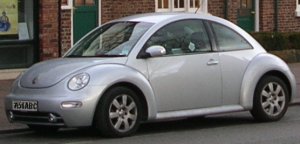
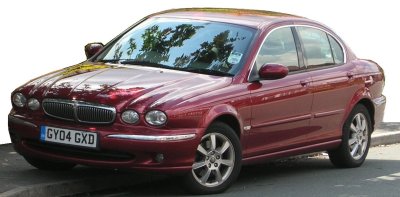
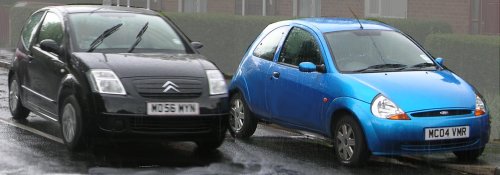





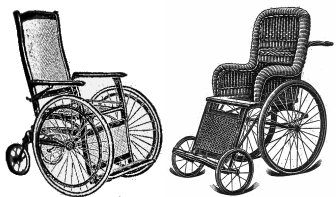
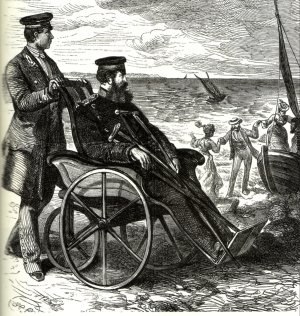

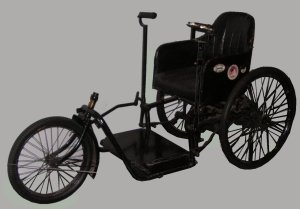

There was a wide opening both sides, a sliding door slid well back so it was easy to get in and out and put a folding wheelchair beside (or behind) the driver's seat. The steering was something like motorbike handlebars, with twist grip handles for the accelerator and brake My accelerator and brake controls were fitted beside these. They looked like and worked like flattened bicycle bells and were very easy to use.
My car had automatic gears (introduced in the early 70s - the only bit of info I know). Maybe more experienced drivers continued to be given cars with manual gears?